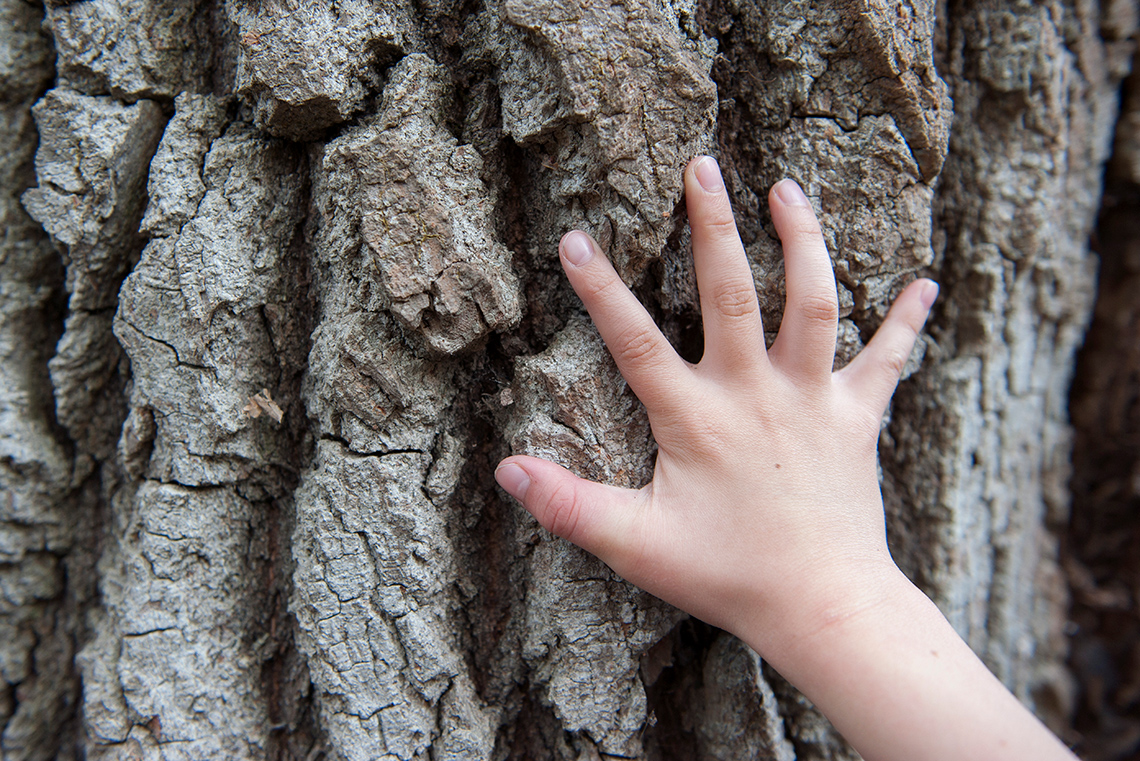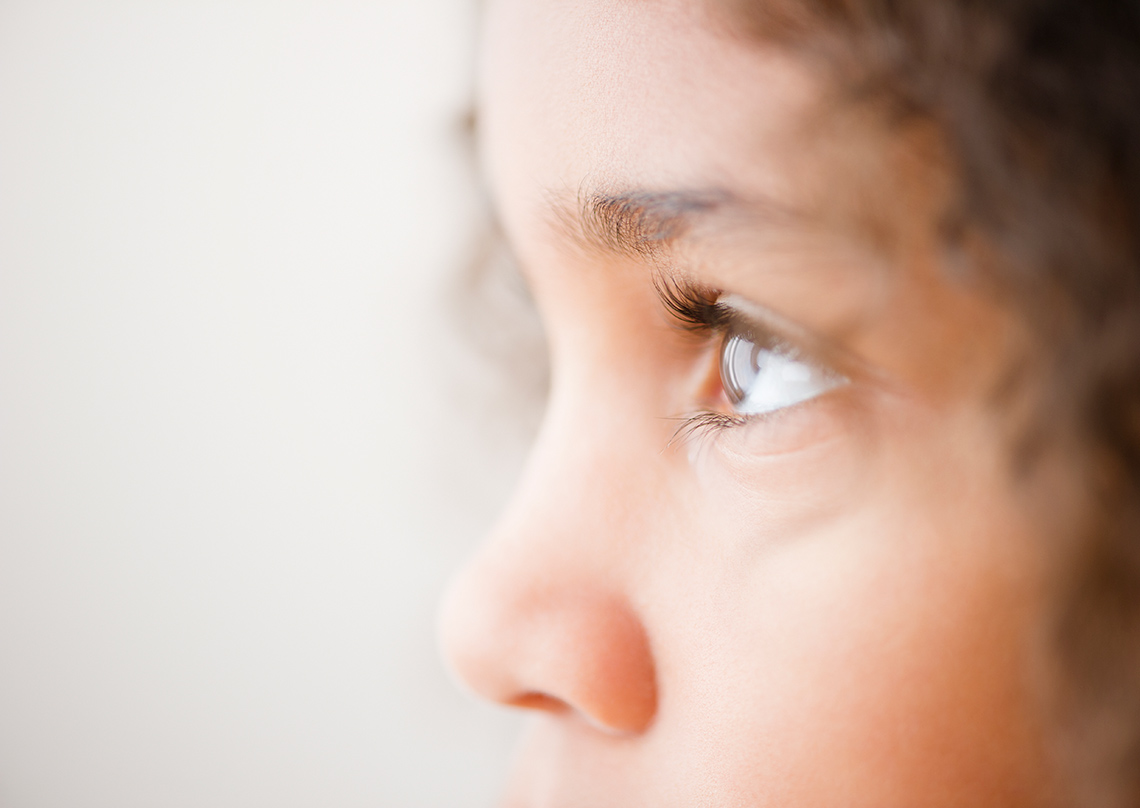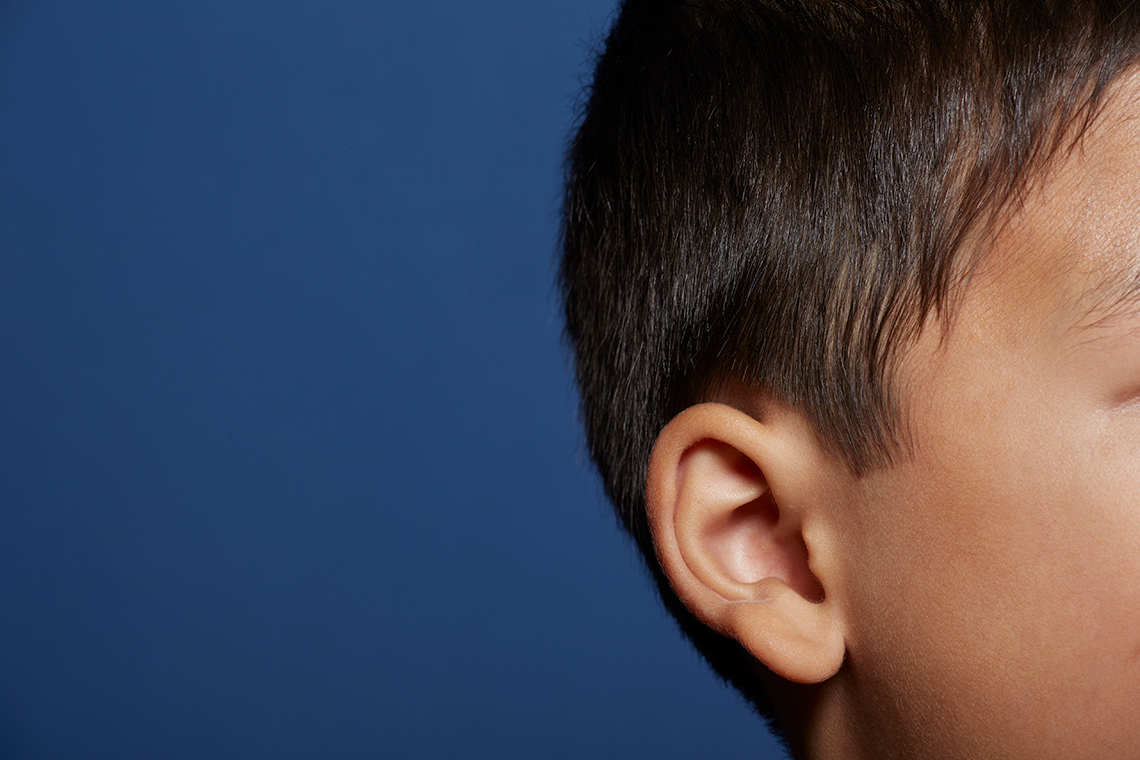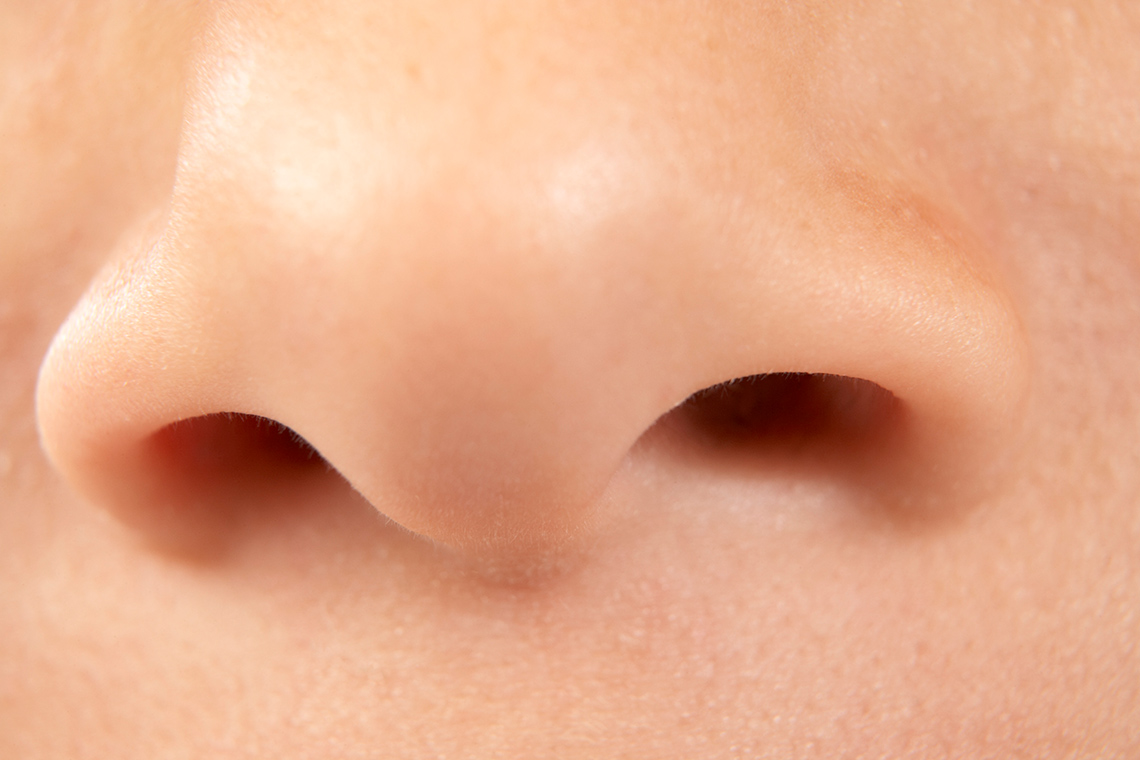Minds On
Which senses help you most?

We use different parts of our bodies to learn about the world around us.
Imagine that you had to describe a plate of spaghetti and meatballs to someone.
- What body parts could you use to explore and describe a plate of spaghetti and meatballs?
If possible, share your ideas with a partner. You can also record your ideas on paper, on a computer, or as an audio or video clip.
Action
The five senses
There are five senses that humans can use to collect information from their environment. These senses are touch, sight, hearing, taste, and smell.
Our brains collect information from some or all of these senses to help us learn about the world around us.

Press the following tabs to explore information about each of the five senses.
The skin senses texture, motion, and temperature, then sends the brain information about how things feel. This sense helps people to feel if something is hot, cold, wet, dry, hard, or soft.

Eyes sense light, then send the brain information about how things look. The sense of sight helps people to see shape, movement, and colour.

Ears sense vibrations, then send the brain information about how things sound. The sense of hearing helps people to hear loud and quiet sounds.

The tongue and mouth sense molecules, then send the brain information about how things taste. The sense of taste helps people to taste salty, sweet, sour, bitter, and savoury flavours.

The nose senses molecules, then sends the brain information about how things smell. The sense of smell helps people to smell pleasant and unpleasant scents.

People use different senses to experience the world around them.
Sometimes technology is used to help people experience the world around them. Examples of this include glasses, screen readers, and hearing aids.
Senses and body parts
Let’s think about which body parts relate to each of the five senses.
For each body part, select the sense that it is used for.
Using our senses
People use their senses all the time when doing daily activities.
Imagine that a group of students is making popcorn. Complete the following matching activity to determine how the students used each of the five senses when making popcorn.
For each sense, select the action that uses that sense.

Student Success
Think-Pair-Share
We use our senses for many different activities.
- What activity do you enjoy that involves three of your senses?
- Which three senses do you use and how do they help you with your activity?
If possible, share your ideas with a partner. You can also record your ideas on paper, on a computer, or as an audio or video clip.
Consolidation
Experiencing Nature
Student Success
Think-Pair-Share
People use their senses to experience nature.
- What might people hear, see, touch, smell, or taste when they explore nature?
- How do you use your senses when you explore nature?
Record your responses using a method of your choice. Share your responses with a partner, if possible.

Reflection
How do you feel about what you have learned in this activity? Which of the next four sentences best matches how you are feeling about your learning? Press the button that is beside this sentence.
I feel…
Now, record your ideas about your feelings using a voice recorder, speech-to-text, or writing tool.